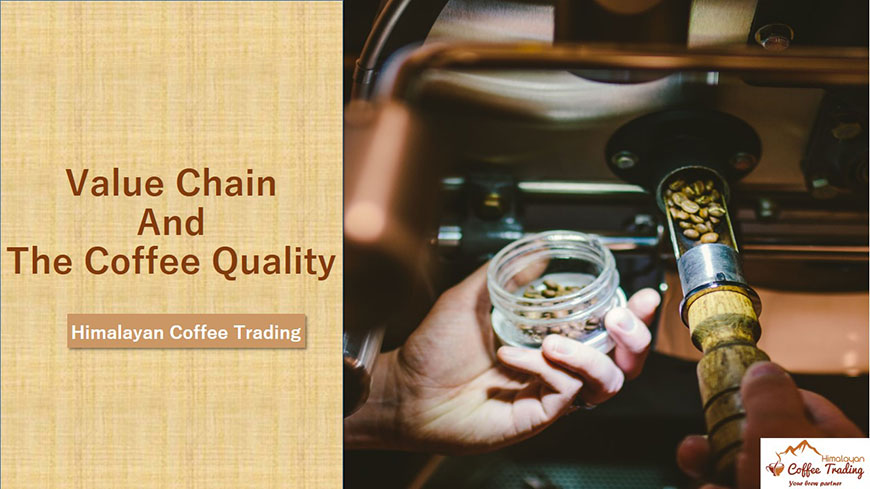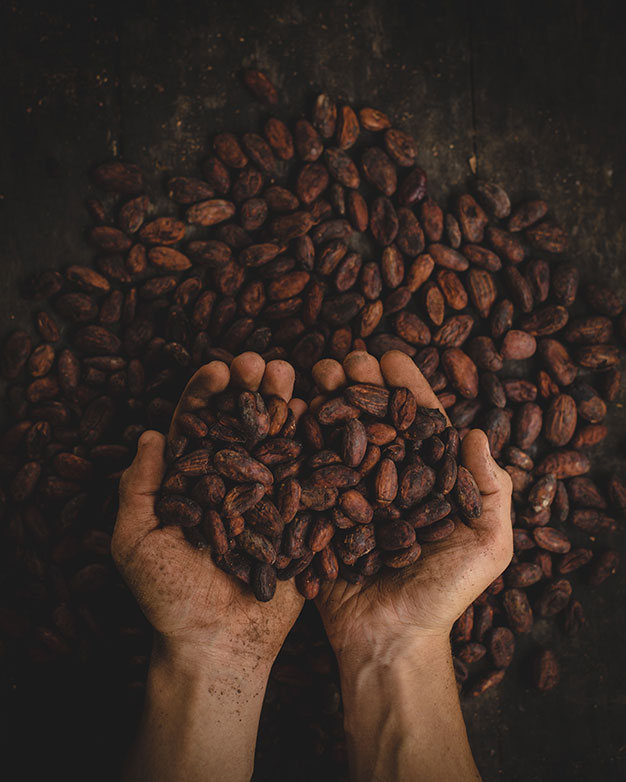Maintaining Coffee Quality is not something that is done at a particular time or period. To ensure coffee quality, a list of guidelines are followed in all stages of coffee production, to execute the processes ideally, from plantation to brewing, and to get the best cup of coffee in the end.
Coffee Plantation
Coffee Plantation is one of the most crucial stages in the coffee production process, as it determines the coffee quality up to a great extent. Coffee plantation isn’t quite like planting a tree, it’s tough as it requires a lot of planning and caring. First you need to germinate the seed, by allowing it to sprout. Only green coffee beans can be used in the process. After the germinated coffee beans have started looking like a plant, you transfer it in the main field, where you’ve planned to plant your coffee. Remember that the amount of moisture in the soil must be balanced and that it should have a very low percentage of hydrogen and nitrogen. Failing at this level would prevent the plants from producing coffee cherries.
Coffee Harvesting
Coffee harvesting is done when the coffee cherries on the plant have turned ripe. There are numerous methods used for coffee harvesting. The most popular method is selective harvesting. It is a manual method where the labors hand pluck the coffee beans that are completely ripe. The ones that are not are left on the plants. Selective harvesting is done a couple of times unless all the coffee cherries from the plants have been plucked out. The process is quite time consuming and laborious. Another method is called strip harvesting, where the coffee cherries are literally stripped from the branches. While this is a more efficient method, the farmers often end up with coffee cherries that are not completely ripe.
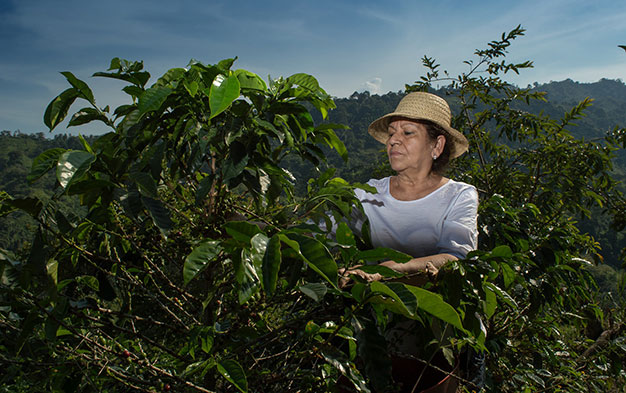
Coffee Processing
Coffee Processing is a stage in which the beans of the coffee is separated from the pulp. There are many coffee processing methods. One of them is called dry method where the coffee beans are sun dried or machine dried for a period of three to four weeks. Another method is called semi-dry technique where the coffee beans are first extracted from the cherry using a machine, and then the beans are dried out. Then there’s the ferment and wash method where the coffee cherries are first fermented, which breaks down the pulp and allows the beans to get separated, which are later washed off and dried. During the drying process, the coffee needs to dry evenly to the right amount, else it will develop bitter taste.
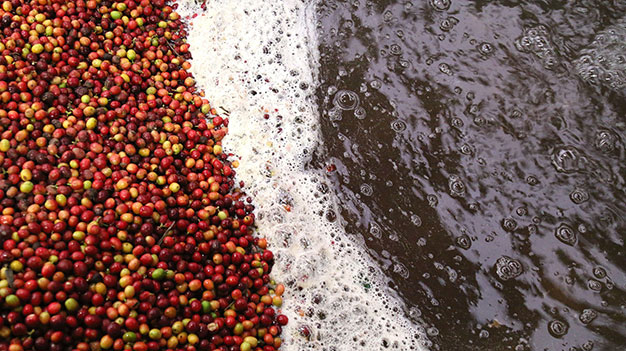
Coffee Roasting
Coffee Roasting is the process that transforms the regular green coffee beans to aromatic flavorful brown coffee beans that we’re used to seeing. While roasting might sound like a very simple process, and it actually is, but not in case of coffee. Throughout the coffee roasting process, the coffee beans go through 10 different stages. It’s necessary to know when to stop. Under roast and the coffee beans won’t be as flavorful; over roast it and they will turn bitter. When you roast coffee at the right temperature for a perfect amount of time, the water content inside coffee beans evaporates, causing the beans to swell, and the natural sugar caramelizes giving the beans its unique taste flavor and smell.
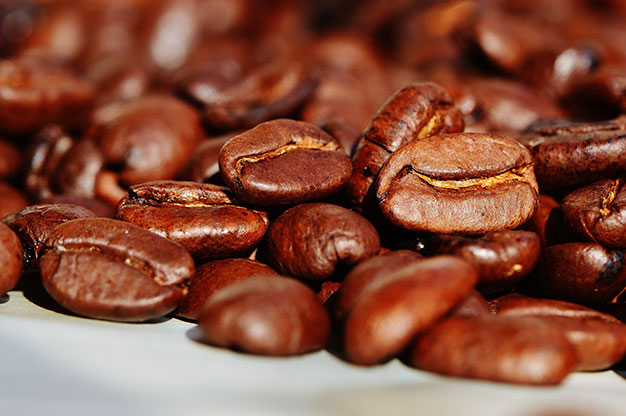
Coffee Packaging
Coffee Packaging is crucial mainly because it helps to keep the roasted coffee fresh for a long time and protects it from the enemies of coffee like oxygen, moisture, sunlight and heat. It is important that the right kind of coffee packaging medium is chosen especially for organic roasted coffee. Roasted coffee tends to produce carbon dioxide gas. If the gas accumulates for a long time, and doesn’t escape, it ruins the taste of coffee. So, the right coffee packaging method shouldn’t just keep it tightly protected, but also allow the gas to escape. The ideal coffee packaging method that should be considered to preserve organic roasted coffee beans is to use valve sealed bags. It has all the properties that ensure freshness.
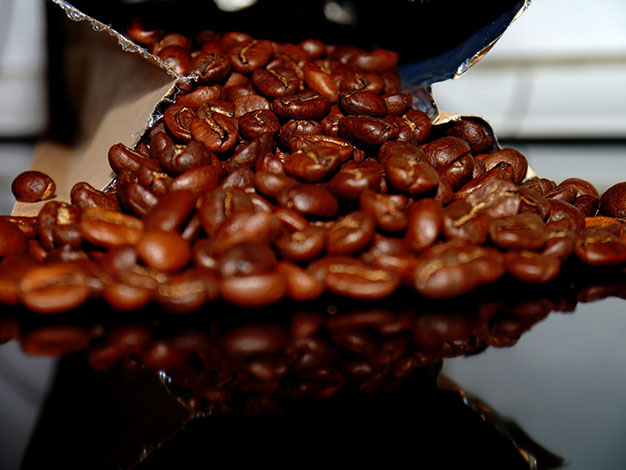 Coffee Brewing
Coffee Brewing
Coffee Brewing is probably one of the most significant stages when it comes to maintaining coffee quality. If coffee brewing is not done the right way, then coffee quality would decline, impacting the taste of the coffee up to a great extent. The water used to brew coffee should be pure and at the temperature between 195⁰ F and 205⁰ F. There is a limit to the quantity of water used to brew espresso. For 10 g of ground coffee only 180 ml of water needs to be used. Before the coffee is brewed, the ground coffee is tampered using a tamper. The tampering force should not be more than 20 pounds, or the coffee won’t be brewed to the best quality. Keep the above things in mind while brewing coffee.
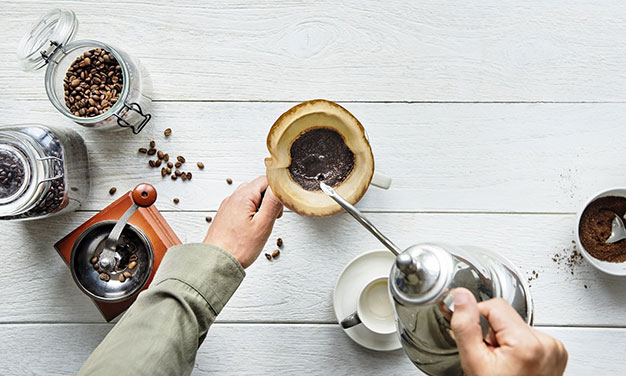
When you mess up even one of the stages in the coffee production process, you land up with coffee that is bitter, not enough aromatic, and that doesn’t have its nutritional value. And you don’t want to serve coffee as such to your customers or even yourself. Without a doubt, maintaining coffee quality is a tough thing to do and ensure. For this, Coffee beans need to be treated carefully in all its stages.
Himalayan Coffee Trading is a well-known name in the coffee industry of Nepal. They offer the best quality locally grown Himalayan Arabica coffee beans, the best and globally renowned brands of coffee machine, and barista training in Nepal. Though it offers so many products and services at the moment, the company started as an organization to create awareness about the difference between organic and instant coffee. You could contact Himalayan Coffee Trading if you’re looking to buy these branded automatic and semi-automatic coffee machine, or the best quality Himalayan Arabica coffee. Also, call them if you’re looking to learn the art of coffee making, by enrolling in their Barista Training in Nepal.

